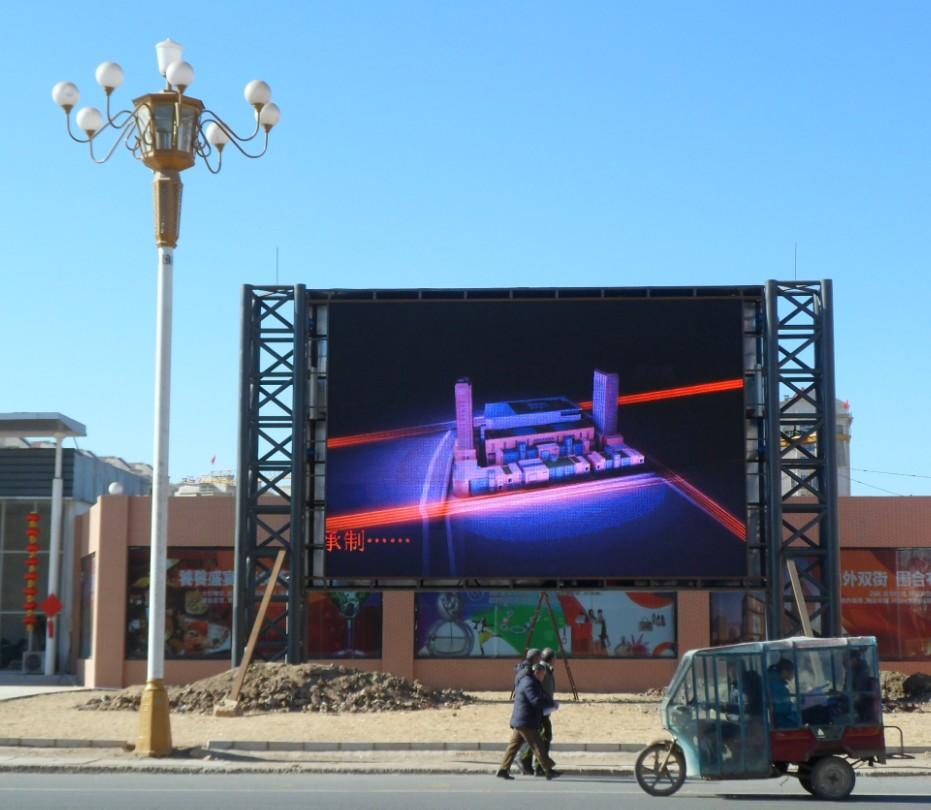The quality of an LED electronic screen can be evaluated from the following aspects:
1. Flatness: the appearance flatness of the electronic screen should be within ± 1 mm to ensure that the display picture will not be distorted. Some bulges or dents will cause the visual viewpoint of the electronic screen to show a dead angle. The quality of flatness is mainly decided by the production process.
2. Brightness and visual point of view: the brightness of indoor full-color screen should be above 800cd / m2, and that of outdoor full-color screen should be above 1500 CD / m2, so as to ensure the normal operation of the electronic screen, otherwise the picture displayed will not be clear due to the low brightness. The size of brightness is mainly determined by the quality of LED chip. The size of visual viewpoint directly determines the number of electronic screen audience, so the larger the better. The size of the visual viewpoint is mainly determined by the packaging method of the die.
3. White balance function: white balance function is one of the main goals of electronic screen. When the proportion of red, green and blue is 1:4.6:0.16, it will show pure white. If there is a little error in the practical proportion, it will show the error of white balance. Generally, we should pay attention to whether the white is blue or yellow green. The quality of white balance is mainly determined by the control system of the electronic screen, and the chip also has an impact on the color reduction.
4. Color reducibility: color reducibility refers to the color reducibility of the electronic screen, that is, the color displayed on the electronic screen should be highly consistent with the color of the broadcasting source, so as to ensure the authenticity of the picture.
5. Whether there is mosaic or dead point scene: mosaic refers to the small square that is always bright or black on the electronic screen, which is the scene of module necrosis. The main reason is that the quality of connectors used in the electronic screen is not up to standard. Dead point refers to a single point which is always bright or black on the electronic screen. The number of dead points is mainly determined by the quality of the die.
6. With or without color block: color block refers to the obvious color difference between adjacent modules. The color transition is based on the module. The color block scene is mainly caused by poor control system, low gray level and low scanning frequency.